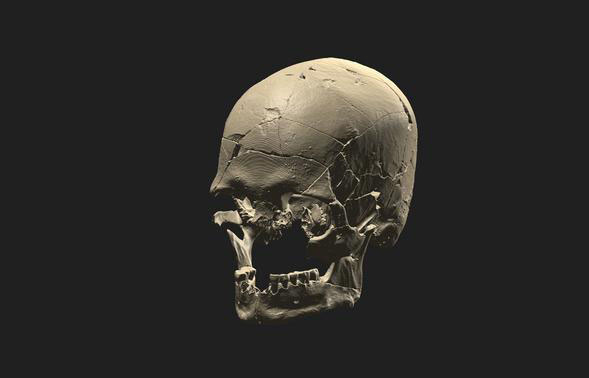 SĀO PAULO, BRAZIL—Analysis of DNA samples taken from 34 individuals whose remains were at least 10,000 years old has offered clues to the identities of Brazil’s early populations, according to a Cosmos Magazine report. André Menezes Strauss of the University of Sāo Paulo explained that some of these people were members of communities that built sambaquis, or shell middens that served as dwellings, cemeteries, and boundary lines. The study found that 10,000-year-old human remains recovered from a river midden in the Ribeira di Iguape Valley came from an individual known as Luzio who is related to all modern-day Indigenous peoples of the Americas. These remains had been previously thought to have belonged to a biologically different population that settled in the region some 14,000 years ago. The study also suggests that there were biological differences between coastal communities in the south and southeast that shared cultural similarities. One group of migrants may have settled along the coast, while another traveled inland. “These coastal populations weren’t isolated but ‘swapped genes’ with inland communities,” Strauss said. “Over thousands of years, this process must have contributed to the regional differences between sambaquis,” he concluded. Read the original scholarly article about this research in Nature Ecology & Evolution. For more on Brazil's early populations, go to "The Second Americans?"
SĀO PAULO, BRAZIL—Analysis of DNA samples taken from 34 individuals whose remains were at least 10,000 years old has offered clues to the identities of Brazil’s early populations, according to a Cosmos Magazine report. André Menezes Strauss of the University of Sāo Paulo explained that some of these people were members of communities that built sambaquis, or shell middens that served as dwellings, cemeteries, and boundary lines. The study found that 10,000-year-old human remains recovered from a river midden in the Ribeira di Iguape Valley came from an individual known as Luzio who is related to all modern-day Indigenous peoples of the Americas. These remains had been previously thought to have belonged to a biologically different population that settled in the region some 14,000 years ago. The study also suggests that there were biological differences between coastal communities in the south and southeast that shared cultural similarities. One group of migrants may have settled along the coast, while another traveled inland. “These coastal populations weren’t isolated but ‘swapped genes’ with inland communities,” Strauss said. “Over thousands of years, this process must have contributed to the regional differences between sambaquis,” he concluded. Read the original scholarly article about this research in Nature Ecology & Evolution. For more on Brazil's early populations, go to "The Second Americans?"
DNA Study Delves Into Brazil’s Early Populations
